Trends and Indicators of the Local Economy
Promising Growth and Development
KSA Economic Review for the year 2021
The COVID-19 pandemic continues to disrupt the global economy. However, the end of 2021 saw the start of the economic recovery phase following measures imposed by countries to overcome this crisis, namely, the easing of precautionary measures and restrictions on certain economic activities and the availability of vaccines, etc., which have positively reflected growth rates in global economies. The International Monetary Fund (IMF) projected that the global economy would grow by 5.9% in 2021.
The local economy witnessed a recovery at the level of various economic sectors.
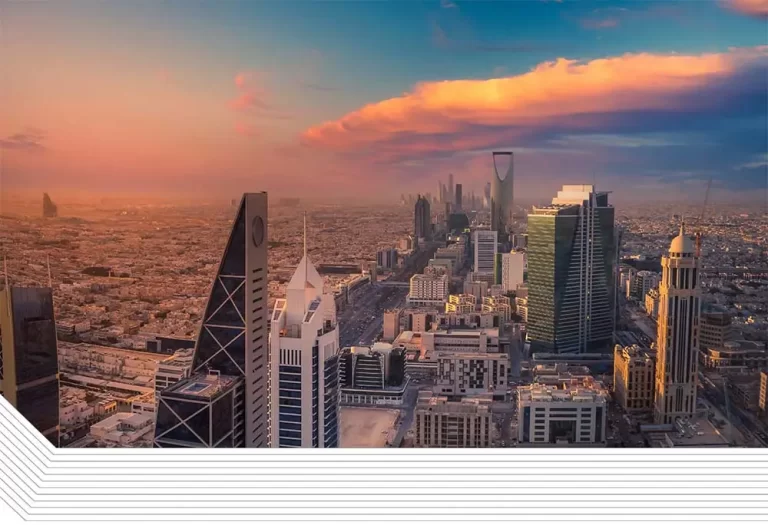
In parallel with the gradual recovery of the global economy, the local economy has recovered at the level of diverse economic sectors, bolstered by the Kingdom’s rapid response to the COVID-19 pandemic since its onset by managing the consequences of the health crisis. The Kingdom also imposed a multitude of measures and reforms issued by government entities to mitigate the expected effects of the pandemic and ensure the local economy’s stimulation and return to positive economic growth. In turn, this will help economic activities bounce back, including those of the private sector. According to the General Authority for Statistics (GaStat), the GDP grew by 3.2% compared to the previous year, reaching SR 2.614 trillion at constant prices. This is owed to the local economy’s recovery and the return of economic activity to positive levels.
The average OPEC basket price rose by about 69% in 2021 compared to the previous year, as the oil sector inched up 0.2% compared to 2020, and the non-oil sector grew by 5% at constant prices, whereas its contribution to the GDP in 2021 slightly increased to about 57%.
The rise in the non-oil sector is due to the growth in many major economic activities. For instance, other manufacturing industries grew by 12%, wholesale and retail businesses and the restaurants and hotels sector are expected to grow by 9%, financial services, insurance services, real estate, and business services by 6%, and other mining and extraction activities by 6%, and electricity, gas, and water by 2%.
The year 2021 witnessed a slight decline in inflation levels compared to 2020, with GaStat data indicating an annual average consumer price index in 2021 of about 3.1%. This is partially owed to fading impact of the VAT increase that became effective in mid- 2020.
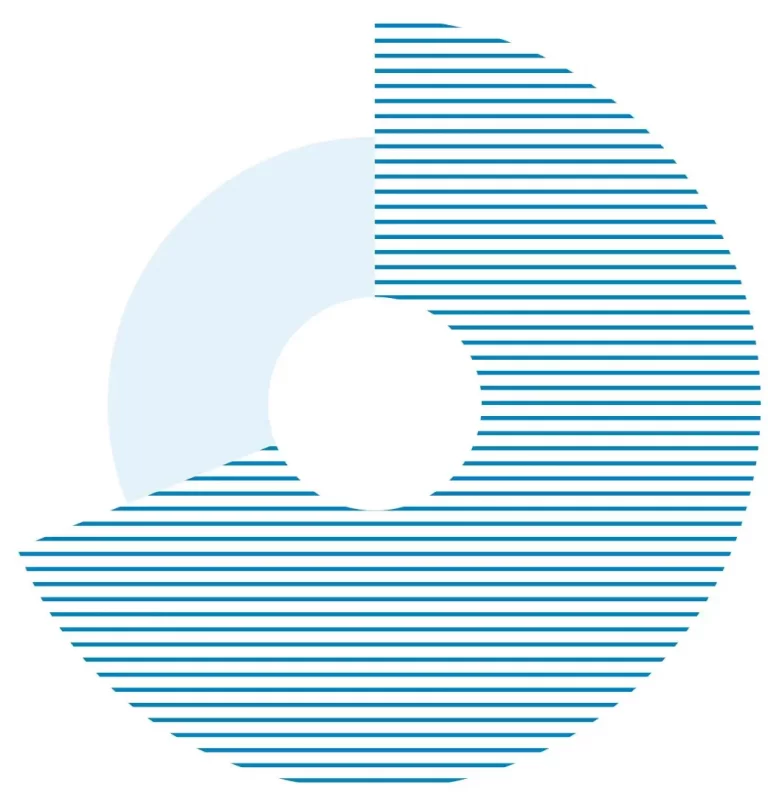
0 %
Average OPEC basket price rise in 2021 compared to previous year
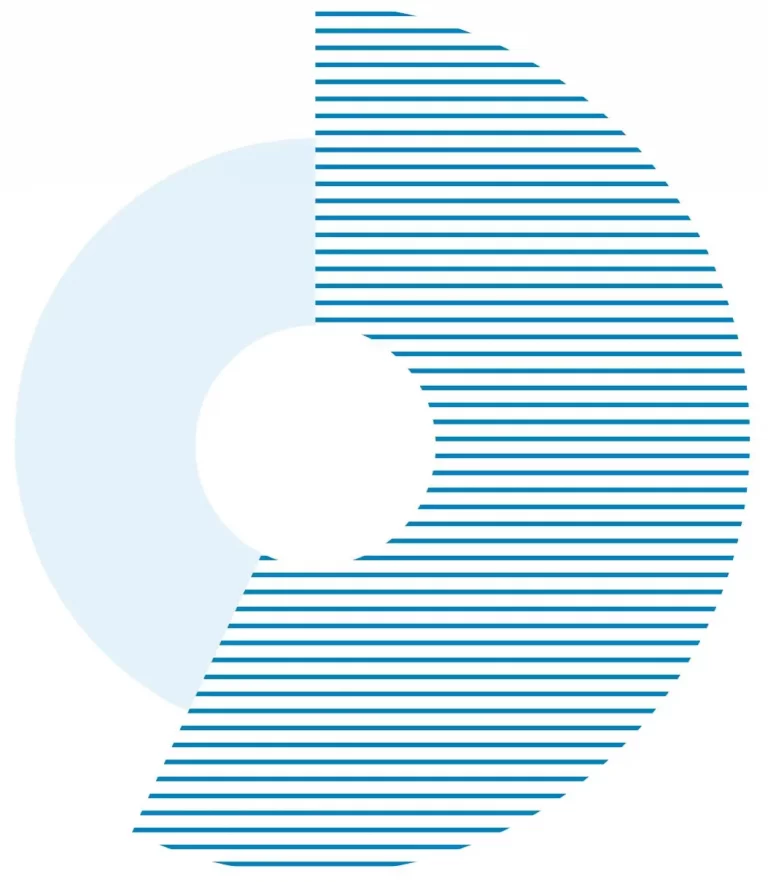
0 %
Non-oil sector’s contribution to GDP for 2021
The value of non-oil commodity exports jumped 36% compared to the previous year.
The balance of payments current account, according to the preliminary estimates of the Saudi Central Bank, is estimated to record a surplus of SR 166 Billion by the end of 2021, compared to a deficit of SR 85 Billion for the same period last year. The trade balance at the end of 2021 achieved a surplus of SR 462 Billion, whereas the trade balance minus oil exports recorded a 6% decrease in the deficit by the end of 2021, reaching SR 295.6 Billion, down from about SR 313 Billion in 2020. The value of commodity exports in 2021 was about SR 1,035 Billion as oil exports boomed 69% to SR 758 Billion, and the value of non-oil commodity exports also jumped 36% compared to the year before to approximately SR 277.5 Billion. In addition, the value of commodity imports edged up 11% in 2021 compared to 2020, reaching approximately SR 573 Billion.
The actual state budget figures for 2021 recorded positive results thanks to economic and financial reforms provided by government sectors, the positive response of economic activities during the pandemic, as well as the improvement in oil prices throughout the year. Revenues grew 19% to SR 930 Billion compared to the previous year, whereas annualized expenditure decreased 5.6% to SR 1,015 Billion. The state budget recorded a deficit of about SR 85 Billion, and the ratio of public debt to GDP stood at about 29.2%. These results are the fruit of the Kingdom’s efforts to implement measures supportive of the financial and economic sectors to ensure fiscal sustainability and to continue economic and structural reforms to promote economic growth and empower the private sector, achieve efficient spending, contain expected economic risks of the after-effects of the COVID-19 pandemic, and strive to overcome the current crisis. In terms of financial and monetary growth in light of the developments of the local and global economies, fiscal and monetary policies continued to take necessary measures to ensure an adequate level of liquidity that meets the national economy’s requirements. At the end of 2021, the money supply (M3) recorded a growth of 7.4% to SR 2,308 Billion compared to the previous year. In 2021, the money supply by its narrow definition (M1) had risen annually by 5% compared to the previous year. Meanwhile, the money supply (M2) has increased by 4.9% compared to 2020.
Total credit for 2021 by commercial banks for economic activities in the private sector increased by 16% compared to last year.
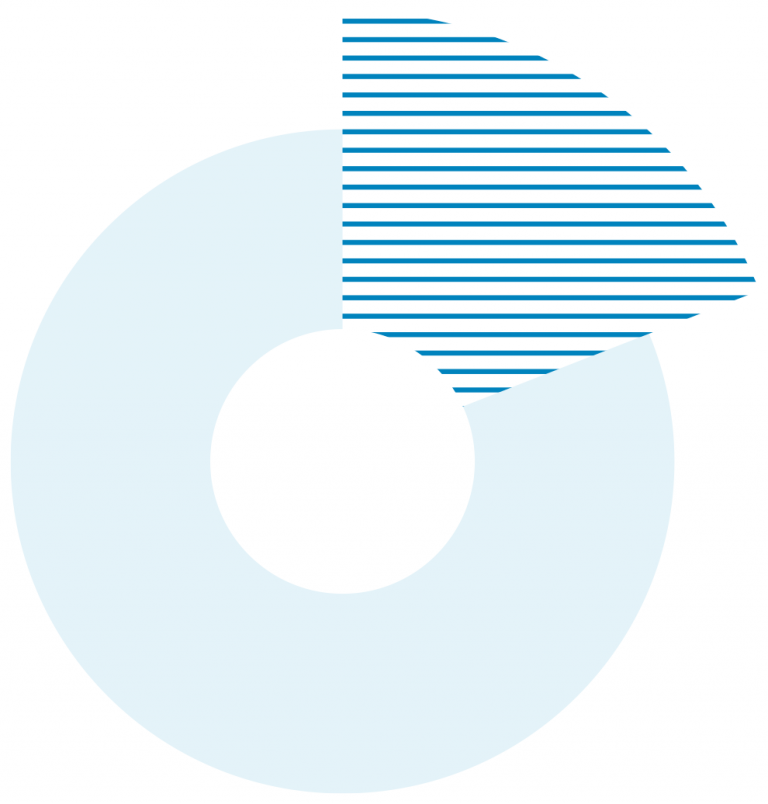
The Kingdom’s revenues in 2021 rose by 19%
As for the banking sector, commercial banks’ capital and reserves increased by 11% at the end of 2021 to approximately SR 419.5 Billion. Commercial banks’ total liabilities from the public and private sectors climbed 14.5% during the year to SR 2,609 Billion, and the volume of bank deposits grew annually by 8.3% compared to the year before. Regarding the role of commercial banks in supporting various economic activities, total credit by commercial banks for economic activities in the private sector in 2021 amounted to approximately SR 2,059 Billion, up 16% from last year. Credit details by subsidiary activities show the volume of bank financing to have increased for most economic activities, led by a 24% growth in the finance sector, followed by the trade sector by 16%, the water, electricity, gas, and health services sector by 12%, and the industry and production sector by 3%. In contrast, funding for some sectors, such as agriculture and fishing, and mining and mines, decreased by 15% each, and transport and communications were down by 5%.
On the other hand, the general index of the Saudi stock market gained 30% by the end of 2021, achieving 11,281 points, compared to 8,689 points at the end of 2020، marking the highest annual gain in 14 years. The total value of traded shares during 2021 amounted to about SR 2,236 Billion, compared to SR 2,088 Billion in 2020; That is, an increase of 7%, and the market value of the issued shares amounted to about SR 10 Billion; That is an increase of about 10% compared to last year. During the report year, the Saudi financial market witnessed an increase in financing and growth opportunities for companies and an increase in investment channels. Nine new companies were included in the market from the sectors of public utilities, transportation, food production, applications and technology services, media and entertainment, investment and finance, and food retail. While one company moved from the parallel market (Nomu) to the main market, bringing the total number of companies listed on the market to 210 companies by the end of the year. The market value of the companies that were offered and listed on the market amounted to about SR 117 Billion.
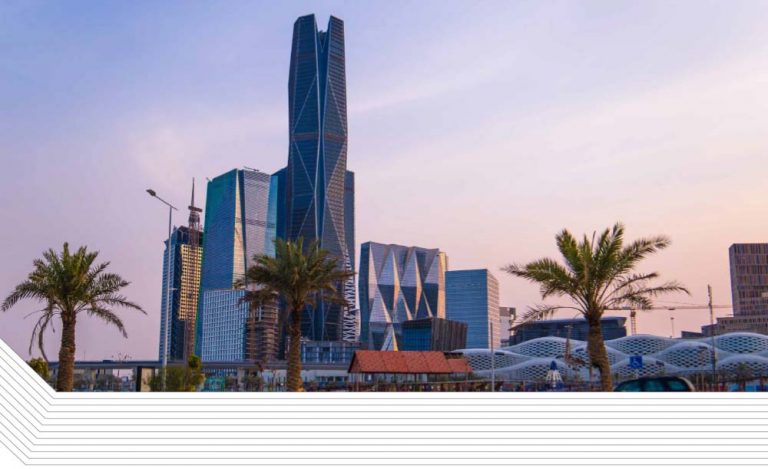
As part of strengthening the role of the financial market in the Saudi economy, 2021 saw the Saudi stock market join the FTSE Russell Government Bond Emerging Markets and the iBoxx Government Bond Index. In addition, the Capital Market Authority disclosed the strategic plan for 2021-2023, which aims – alongside the financial sector development program – to give rise to an advanced financial market, by deepening the financial market and enhancing its role in attracting capital, developing the market for sukuk and debt instruments, and promoting the role of funds in financing the local economy, in addition to growing asset management and institutional investment, raising market attractiveness, diversifying investment products, and improving trading mechanisms.
In the area of structural and organizational reforms, which aim to strengthen the structure of the economy, the year 2021 witnessed many reforms. The Ministry of Housing was merged into the Ministry of Municipal and Rural Affairs and renamed the Ministry of Municipal and Rural Affairs and Housing, the Ministry of Transport was also renamed the Ministry of Transport and Logistic Services, the General Authority of Zakat and Income and the General Authority of Customs were merged into a single body named the Zakat, Tax, and Customs Authority, and the Public Pension Agency was merged into the General Organization for Social Insurance. Similarly, the national program to support project management, operation, and maintenance in public entities was subsumed into the Center of Spending Efficiency
(CSE), and the CSE was transformed into the Expenditure and Project Efficiency Authority. The National Center for Digital Certification and the e-Government Program (Yesser) were both canceled and replaced by the Digital Government Authority, whose regulation was approved. The Yanbu, Umlaj, Al-Wajh, and Duba Development Authority was established and the National Center for Disease Prevention and Control was transformed into the Public Health Authority.
Several specialized laws have also been approved, including approving the establishment of SME Bank, the Private Sector Participation Law, the Cultural Development Fund Law, the Waste Management Law, the National Radioactive Waste Management Policy, the establishment of the National Center for Non-Profit Sector, and the National Rules of Origin. Furthermore, the transformation of the King Faisal Specialist Hospital and Research Center into an independent non-profit institution has been approved. In addition, the Capacity Building Development Program was launched, which is a program aimed to support achieving Saudi Vision 2030. In 2021, several development projects were also announced, including the Shareek (Partner) Program, the National Investment Strategy, the Line and Coral Bloom projects, and the Soudah Development Company. The National Transport Strategy, the Assir Region Development Strategy, the Historic Jeddah Revival project, the Rig project, and the announcement of Green Saudi Initiative and the Green Middle East Initiative have been launched.
The Kingdom enjoys a distinct credit rating at the global level despite the exceptional circumstances weighing on the world.
The Saudi economy has been lauded by a variety of global economic entities. The IMF commended the Kingdom’s ability to manage the COVID-19 pandemic crisis distinctively, thanks to government efforts aligned with the directions of Saudi Vision 2030, the precautionary measures taken from early on to reduce the impact of the crisis, as well as supporting the local economy with stimulus packages, which helped mitigate the impact of the pandemic on economic sectors. The IMF has praised the economic, health, and social reforms that have yielded positive results, expecting the local economy to continue to bounce back from the effects of the pandemic, achieve growth with slowed inflation, and reduce unemployment rates. The IMF pointed to ongoing improvement in the areas of public finance, monetary policies, the financial sector, management of government spending, and Saudi women’s participation in the workforce.
The Kingdom continues to enjoy a distinct global credit rating despite the exceptional circumstances weighing on the world. S&P ranked the Kingdom in September 2021 (A-) with a stable outlook, given the increase in Saudi Arabia’s net assets. S&P expects the pace of growth recovery to increase over the next four years, driven by higher oil prices and the onset of the recovery phase from the effects of the pandemic. Meanwhile, Fitch Ratings ranked the Kingdom in July 2021 (A), adjusting its outlook from negative to positive, noting the Kingdom’s continued commitment to regulating public finances and continuing structural reforms, as well as the overall improvement in oil prices, which reduced the fiscal deficit. Moreover, Moody’s rated the Kingdom (A1) in November 2021 with a positive outlook, expecting the local economy to return to growth and the recovery of economic activities to continue as a result of improved performance of public finances and the reduction in the deficit in public finances and the level of debt volume in the medium term.
The Kingdom seeks to maintain the strength and durability of its economy.
In conclusion, the entire world continues to suffer from the repercussions of the COVID-19 pandemic on many levels, particularly economic sectors, which have been affected by the imposition of an array of measures that threw a wrench into the development wheel. Nonetheless, the Kingdom has been able to overcome several challenges that may affect the performance of the domestic economy through the government’s rapid and determined response to economic constraints. This included implementing many initiatives and projects that made the economy more resilient to the impact of the pandemic. It is expected that the Saudi economy will continue to pursue economic and structural reforms to strengthen the local economy in all sectors. What was accomplished in 2021 under the brunt of the COVID-19 pandemic attests to the Kingdom’s continued commitment to strive to maintain the strength and durability of its economy and ensure continued growth and sustainability of all economic sectors.
